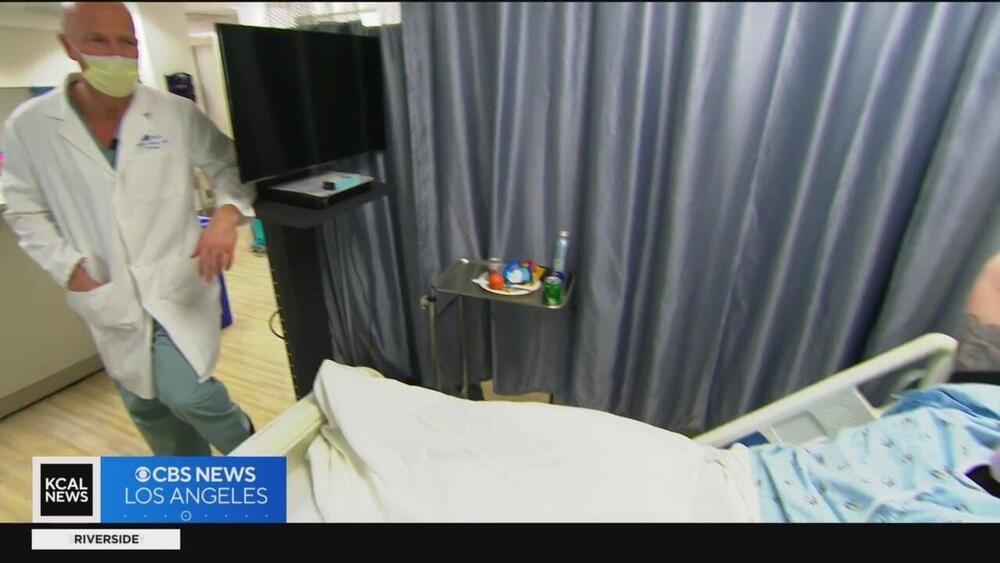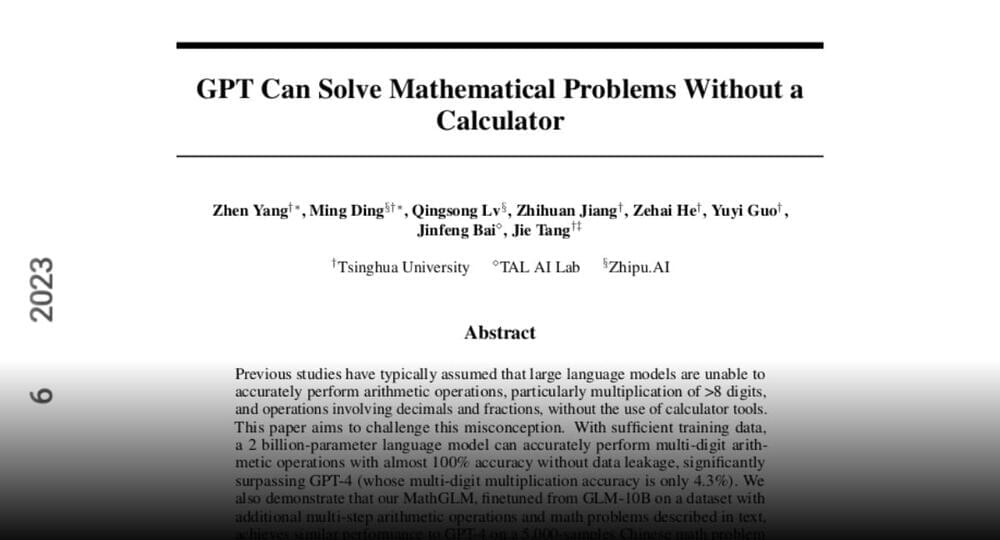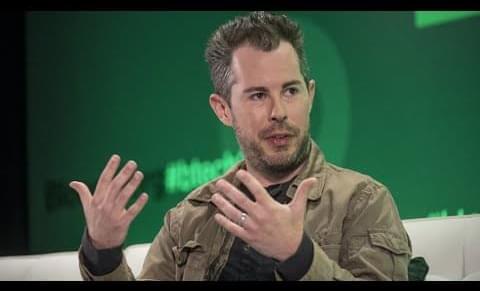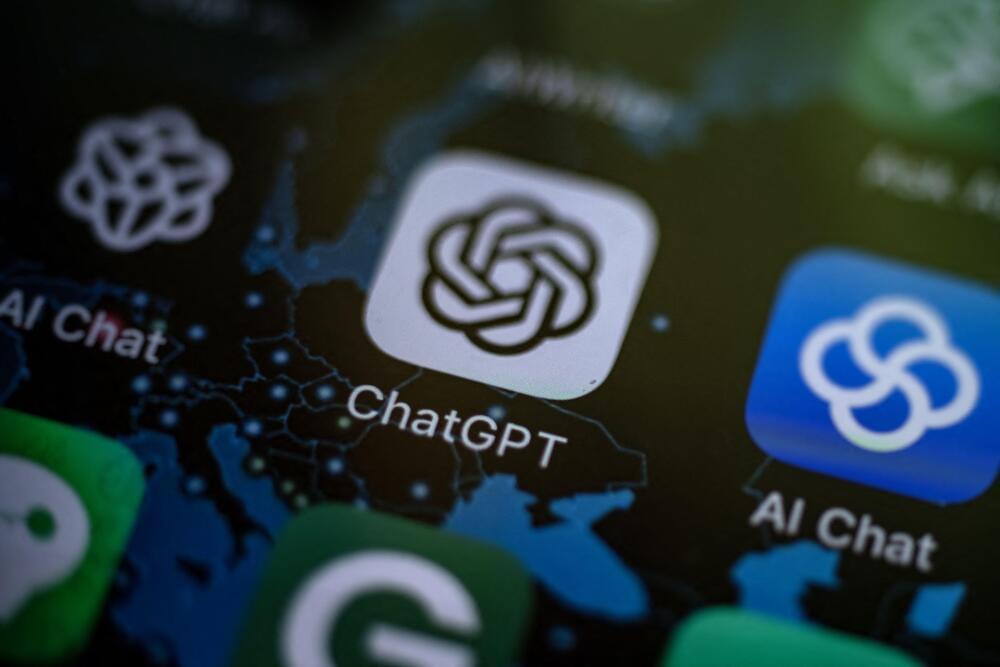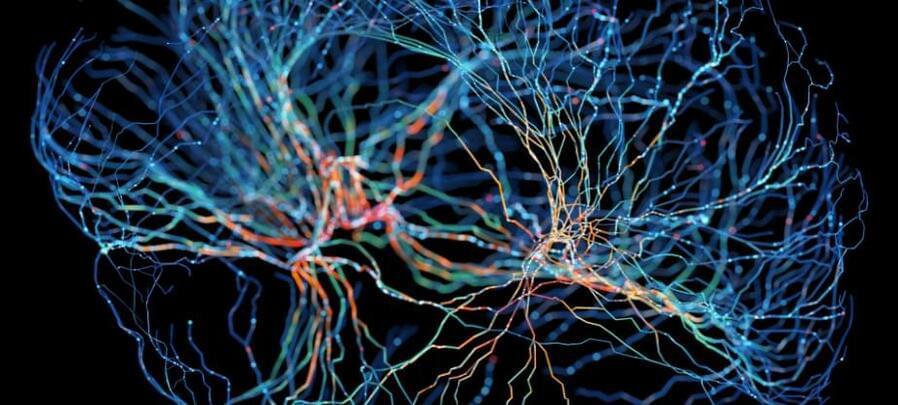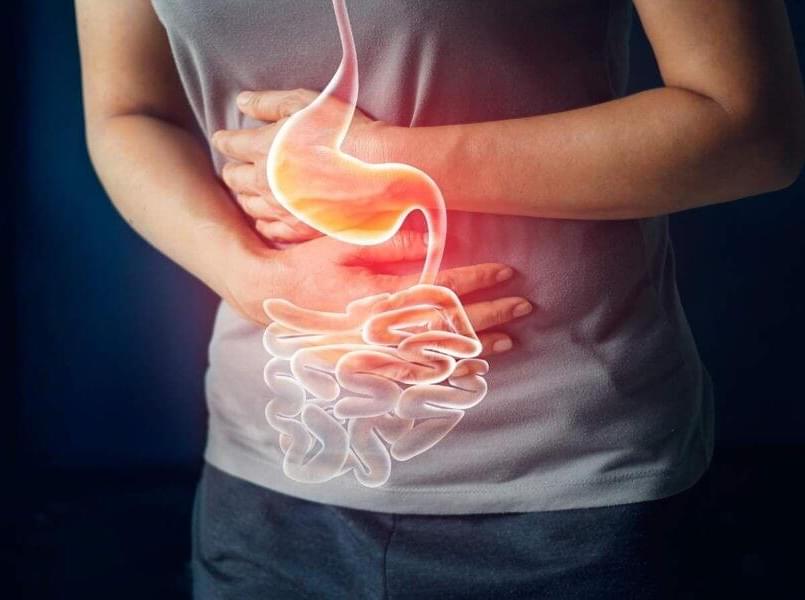Sep 10, 2023
Local surgeon performs first-of-its-kind surgery that could change landscape for transplant patients
Posted by Joseph Barney in category: biotech/medical
Can stem cells block organ transplant rejection?
Organ transplant patients traditionally go through a grueling journey post operation, which involves a copious amount of medication for life. After years of research, Dr. Jeffrey Veale has performed a first-of-its kind surgery that could entirely change the landscape for patients. Rudabeh Shahbazi reports.
